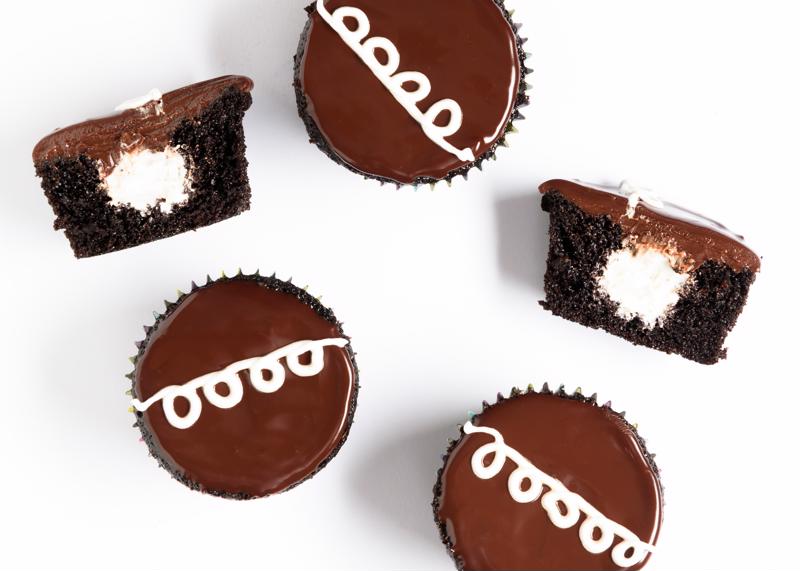Nostalgia is a powerful feeling that can motivate people in a number of ways. In the culinary world, memories of favorite meals and treats can go a long way toward driving customer decision-making. Whether it’s an apple pie recipe handed down through the family and baked by grandma every Thanksgiving or a Hostess cupcake with the distinctive curlicue of icing unwrapped during school lunch, there’s plenty of nostalgia in food. For students looking to attend an online pastry arts school, understanding why and how to incorporate nostalgia into their baked goods is important.
 Nostalgic desserts combine great flavors and positive memories.
Nostalgic desserts combine great flavors and positive memories.Why should you keep nostalgia in mind for your desserts?
Industry publication Baking Business pointed to nostalgia as a growing trend in the pastry arts world in 2019. Melissa Trimmer, a corporate chef and senior manager at national bakery Otis Spunkmeyer, said nostalgia is already an established consideration, and nostalgic baked goods with a gourmet twist show no signs of slowing down in the future. This type of broad trend is influential both for large industrial bakeries and for individual pastry chefs who focus on smaller-scale production.
There are a number of factors that make nostalgia a powerful force. Positive association with past experiences and evoking a more general feeling of happiness is an obvious and important one. There’s also the desire to experience a taste that hasn’t been available for a while, especially with a dessert that was once popular but hasn’t been seen recently. Restaurant Business pointed to a national example of this, as Dairy Queen resurrected its ice cream pizza, the Treatzza Pizza, after this sweet was absent from its stores for nearly a decade. With a positive response online and from customers in store, it’s just one of many instances of how nostalgia and desserts are a powerful pairing.
How to put your own spin on the classics
There are a number of ways to get started with pairing old-time favorites and modern baking techniques. It can be as simple as remembering your favorite treats as a child or finding out what was once especially popular in the area you work in, then sitting down to adapt an existing recipe or create an entirely new one. Adding fresh ingredients – think seasonal compotes or cakes and sauces based on real cocoa instead of the mass-produced, sugar-focused alternatives – is one strategy. You can also consider deconstructing the dessert, or offering a similar format with a different arrangement of flavors. A ganache-covered cupcake with a maple or caramel flavor concept, as opposed to the more familiar, prepackaged chocolate and orange types, is one example.
Some more specific ideas to consider include a number of variations on s’mores, a versatile campfire treat that has widespread recognition and a powerful mix of flavors. We’ve previously looked at how to turn graham crackers, chocolate and marshmallows into a variety of formats, from a layered parfait to a dessert drink. We’ve also looked at some classics like Death by Chocolate, a dessert concept that was especially popular in the late 20th century and offers lots of room for experimentation by current chefs. That same post looked at Watergate salad, which started off as a combination of boxed and canned items, but can be made into something much fresher and more enjoyable simply by using fresher sources of ingredients.
Tapping into nostalgic desserts and making them your own can be an exercise led chiefly by positive memories and your own skill as a pastry chef. No matter where you’re located, you can learn more about baking and pastry arts through our online program.


